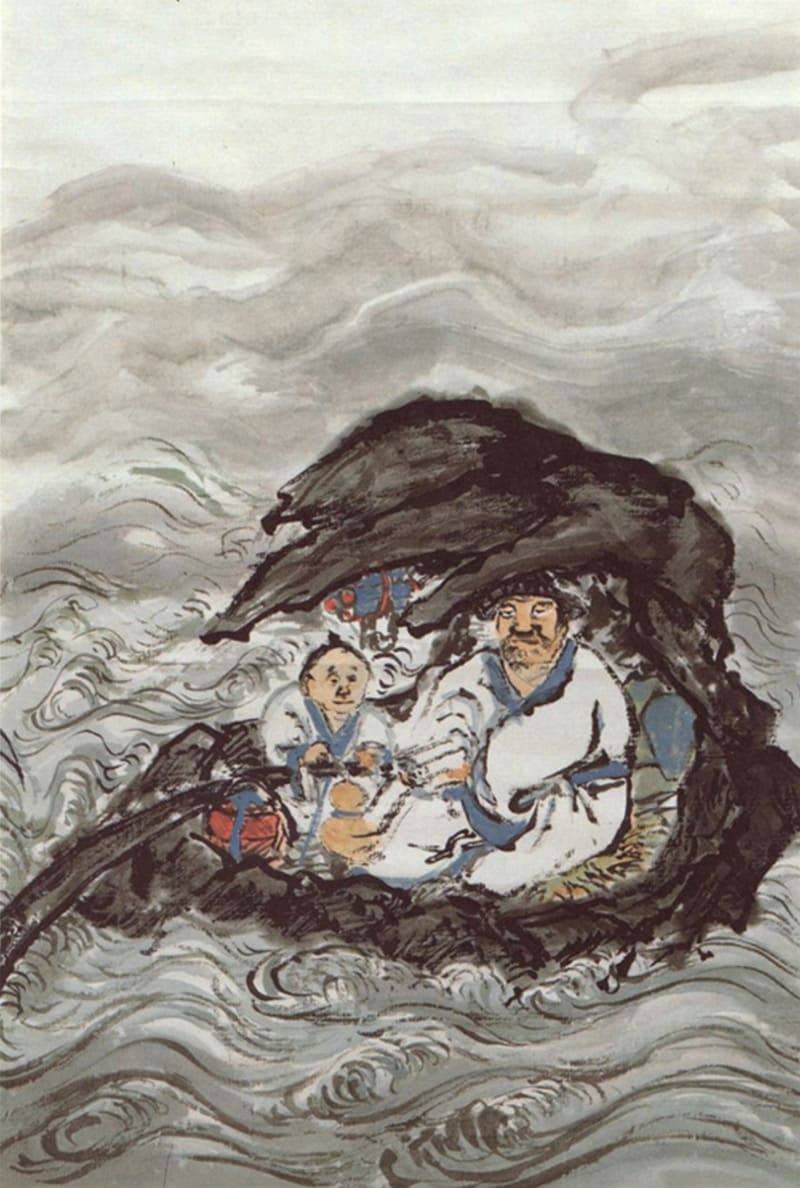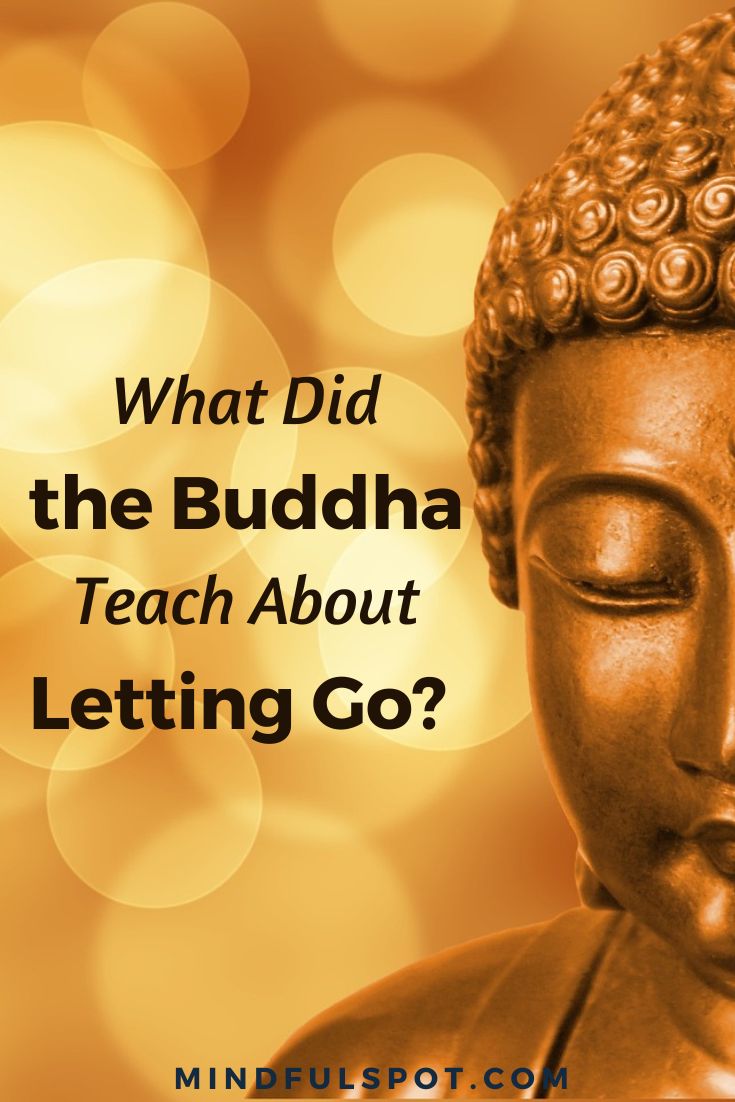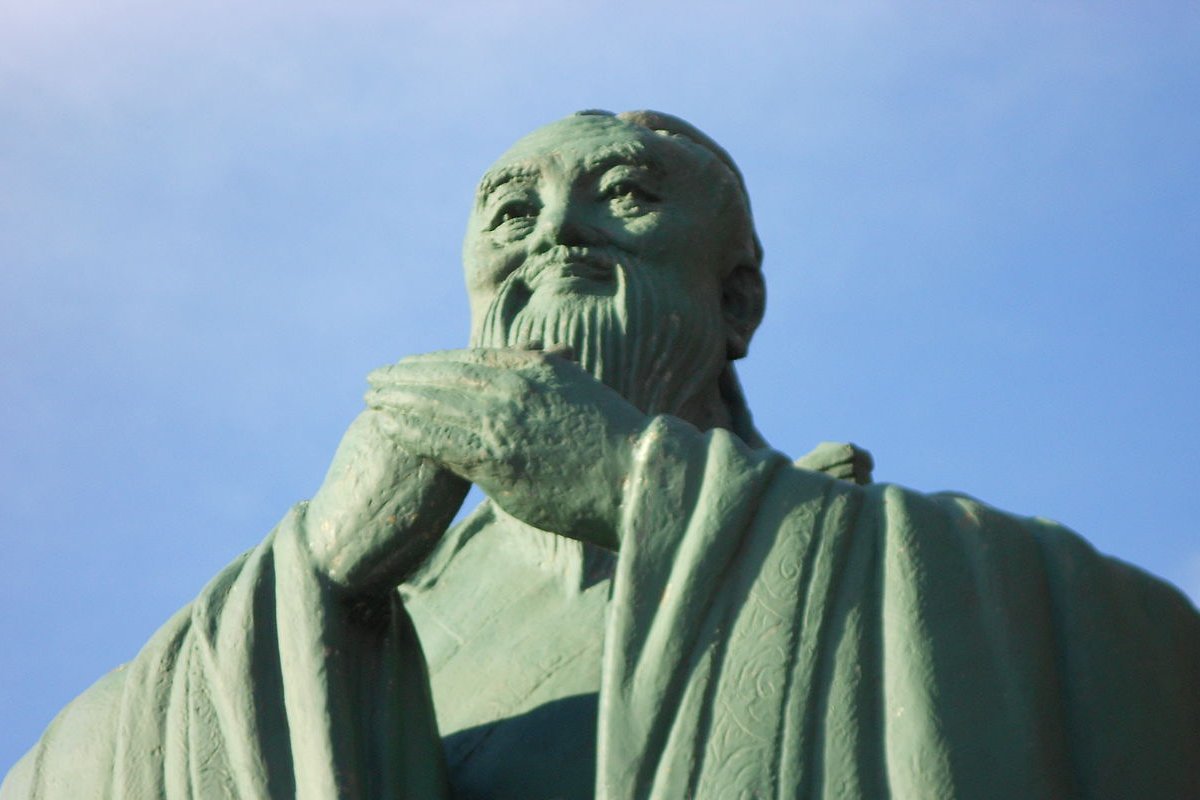Letting go is a way of letting things be, of accepting things as they are,” Jon Kabat-Zinn wrote while contemplating seven mental qualities of a good meditator. “When we find ourselves judging our experience, we let go of those judging thoughts. We recognize them and we just don’t pursue them any further. We let them be, and in doing so we let them go.”
This is a beautiful teaching, and yet a very strange and alien one to our inborn way of seeing things, and the way we form the crust of our outermost selves. For most of us, the emotions that pain the most, the thoughts that wound the most, are those that we can’t let go: the yearning for unattainable things, precisely because they are unattainable; reliving of what never was; guilt over not being someone else; discontent with the way things are.
All these semitones of the mind’s consciousness create in us an agonizing landscape, an everlasting twilight of what we are. It is precisely because of this precarious human condition that another teacher of immense wisdom took up this issue two and half millennia ago to its exquisite extreme in his famous exposition, one that shows us the true meaning of letting go and moving on — the Buddhist parable of the raft. Presented here in a beautiful retelling written by an eminent Buddhist scholar-monk Walpola Rahula (May 9, 1907–September 18, 1997) and included in his book What the Buddha Taught.

FREE Self-Test: How Spiritual Are You?

THE BUDDHIST PARABLE OF THE RAFT
O monks, a man is on a journey. He comes to a vast stretch of water. On this side the shore is dangerous, but on the other it is safe and without danger. No boat goes to the other shore which is safe and without danger, nor is there any bridge for crossing over.
He says to himself, “This sea of water is vast, and the shore on this side is full of danger; but on the other shore it is safe and without danger. No boat goes to the other side, nor is there a bridge for crossing over. It would be good therefore if I would gather grass, wood, branches and leaves to make a raft, and with the help of the raft cross over safely to the other side, exerting myself with my hands and feet.”
Then that man, o monks, gathers grass, wood, branches and leaves and makes a raft, and with the help of that raft crosses over safely to the other side, exerting himself with his hands and feet. Having crossed over and got to the other side, he thinks, “This raft was of great help to me. With its aid I have crossed safely over to this side, exerting myself with my hands and feet. It would be good if I carry this raft on my head or on my back wherever I go.”
What do you think, o monks, if he acted in this way would that man be acting properly with regard to the raft? “No, Sir.” In which way then would he be acting properly with regard to the raft?
Having crossed and gone over to the other side, suppose that man should think, “This raft was a great help to me. With its aid I have crossed safely over to this side, exerting myself with my hands and feet. It would be good if I beached this raft on the shore, or moored it and left it afloat, and then went on my way wherever it may be.”
Acting in this way, would that man act properly with regard to that raft? In the same manner, o monks, I have taught a doctrine similar to a raft — it is for crossing over, and not for carrying. You, o monks, who understand that the teaching is similar to a raft, should give up even good things (dhamma); how much more then should you give up evil things (adhamma).
The simile of teaching as a raft, an essential part of What the Buddha Taught, remains a guiding beacon of light for spiritual seekers, both old and young. Complement with our articles about the Four Noble Truths and the Noble Eightfold Path.

FREE mindfulness resources for stress relief
I’m a freelance writer and mindfulness advocate behind this blog. I started my meditation practice in 2014, and in 2017 I launched this website to share what I learn with others. Here are the three things you can do here:
1. Schedule a free consult if you want to learn Buddhist meditation.
2. Download free mindfulness resources for stress relief
3. Join Patreon for exclusive content and community meetings.









